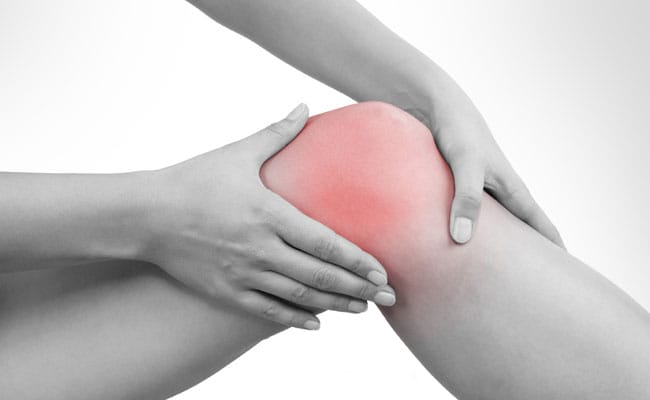
The therapy is a promising technique for injuries like ligament, tendon damage. (Representational image)
London:
Acoustic shock waves could speed up a muscle's healing process, and help injured athletes return to training and competitions more quickly than with traditional treatments, a new study in rats suggests.
Applying low-frequency shock waves in a therapy called Extracorporeal Shock Wave Therapy (ESWT) is already a promising technique for injuries like ligament and tendon damage.
"To our knowledge, there are no experiments exploring the benefits of ESWT in muscle damage, one of the most common causes of injury in competitive sports," said Angela Zissler, from the University of Salzburg in Austria.
"By accelerating the muscle healing process, ESWT could get athletes back in the game faster after injury," Zissler said.
ESWT works by mechanically stimulating the tissue, which recruits stem cells to kick-start repairs.
"The detailed cellular and molecular processes activated by ESWT have been unclear," said Zissler.
"Our study indicates that shock waves increase the levels of chemical signalling factors in muscle tissue. These factors wake up 'satellite' progenitor cells which gradually become new muscle fibres," he said.
In a low-energy ESWT session, probes deliver shock waves to the patient's damaged area at a low frequency (roughly 1 pulse per second).
The shock waves focus a small amount of energy on the damaged area, without the need for using local anaesthetics. ESWT has good potential as a non-invasive therapy complementing or supplementing existing recovery regimes.
"This therapy only needs sessions of around 15 minutes, so easily complements traditional practices such as physiotherapy," said Zissler.
"Another bonus is that there are no side-effects to low-energy ESWT, unlike some other methods," he added.
(This story has not been edited by NDTV staff and is auto-generated from a syndicated feed.)
Applying low-frequency shock waves in a therapy called Extracorporeal Shock Wave Therapy (ESWT) is already a promising technique for injuries like ligament and tendon damage.
"To our knowledge, there are no experiments exploring the benefits of ESWT in muscle damage, one of the most common causes of injury in competitive sports," said Angela Zissler, from the University of Salzburg in Austria.
"By accelerating the muscle healing process, ESWT could get athletes back in the game faster after injury," Zissler said.
ESWT works by mechanically stimulating the tissue, which recruits stem cells to kick-start repairs.
"The detailed cellular and molecular processes activated by ESWT have been unclear," said Zissler.
"Our study indicates that shock waves increase the levels of chemical signalling factors in muscle tissue. These factors wake up 'satellite' progenitor cells which gradually become new muscle fibres," he said.
In a low-energy ESWT session, probes deliver shock waves to the patient's damaged area at a low frequency (roughly 1 pulse per second).
The shock waves focus a small amount of energy on the damaged area, without the need for using local anaesthetics. ESWT has good potential as a non-invasive therapy complementing or supplementing existing recovery regimes.
"This therapy only needs sessions of around 15 minutes, so easily complements traditional practices such as physiotherapy," said Zissler.
"Another bonus is that there are no side-effects to low-energy ESWT, unlike some other methods," he added.
(This story has not been edited by NDTV staff and is auto-generated from a syndicated feed.)
Track Latest News Live on NDTV.com and get news updates from India and around the world

